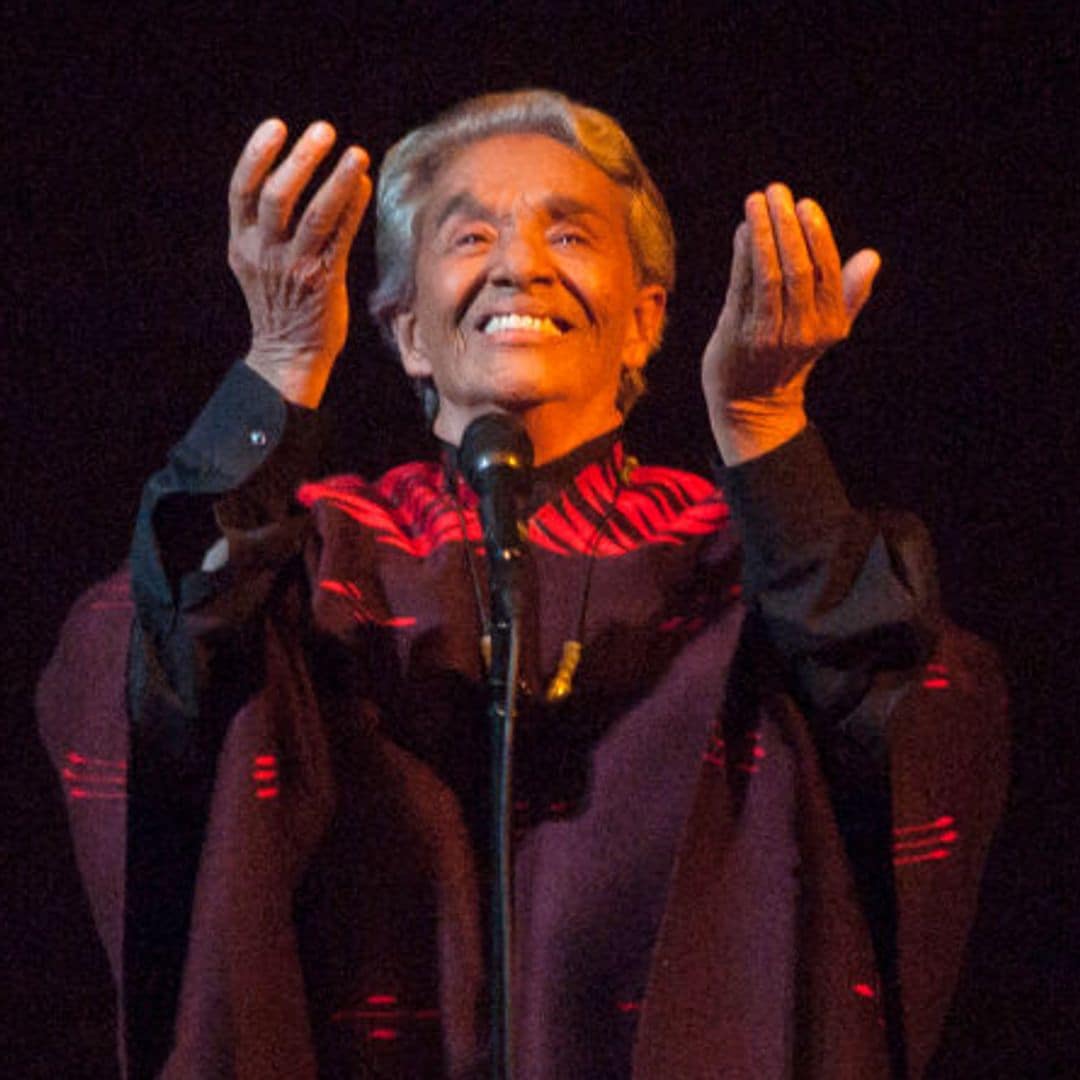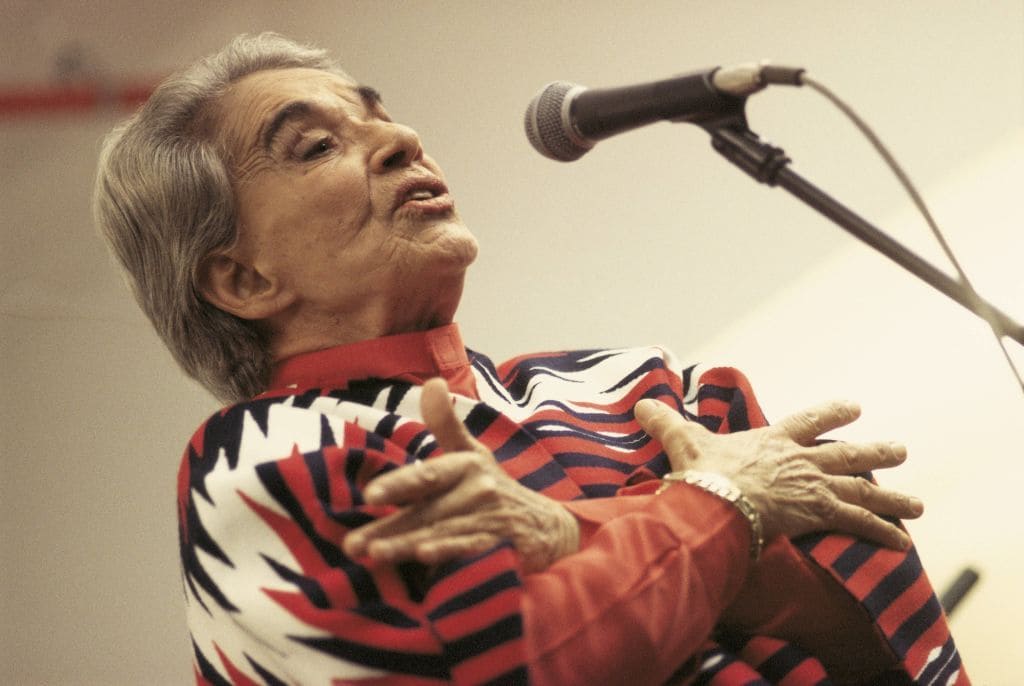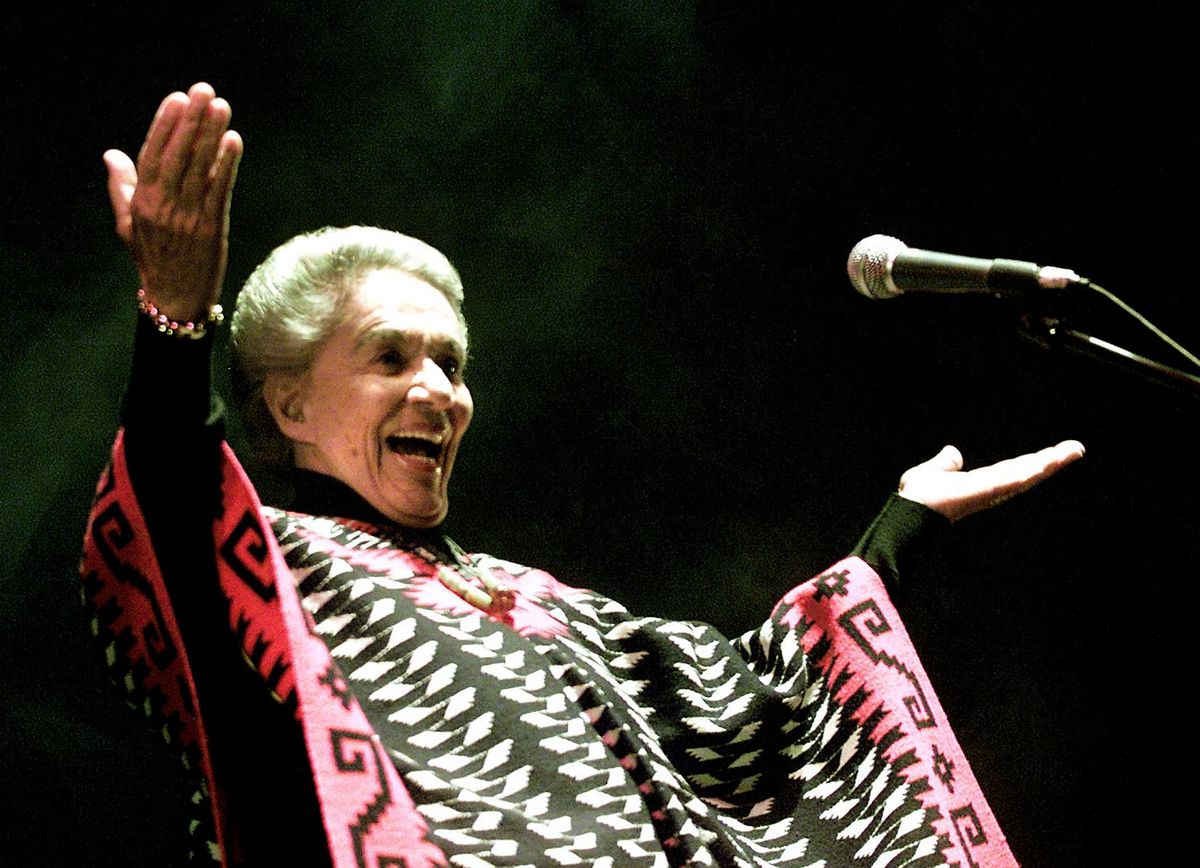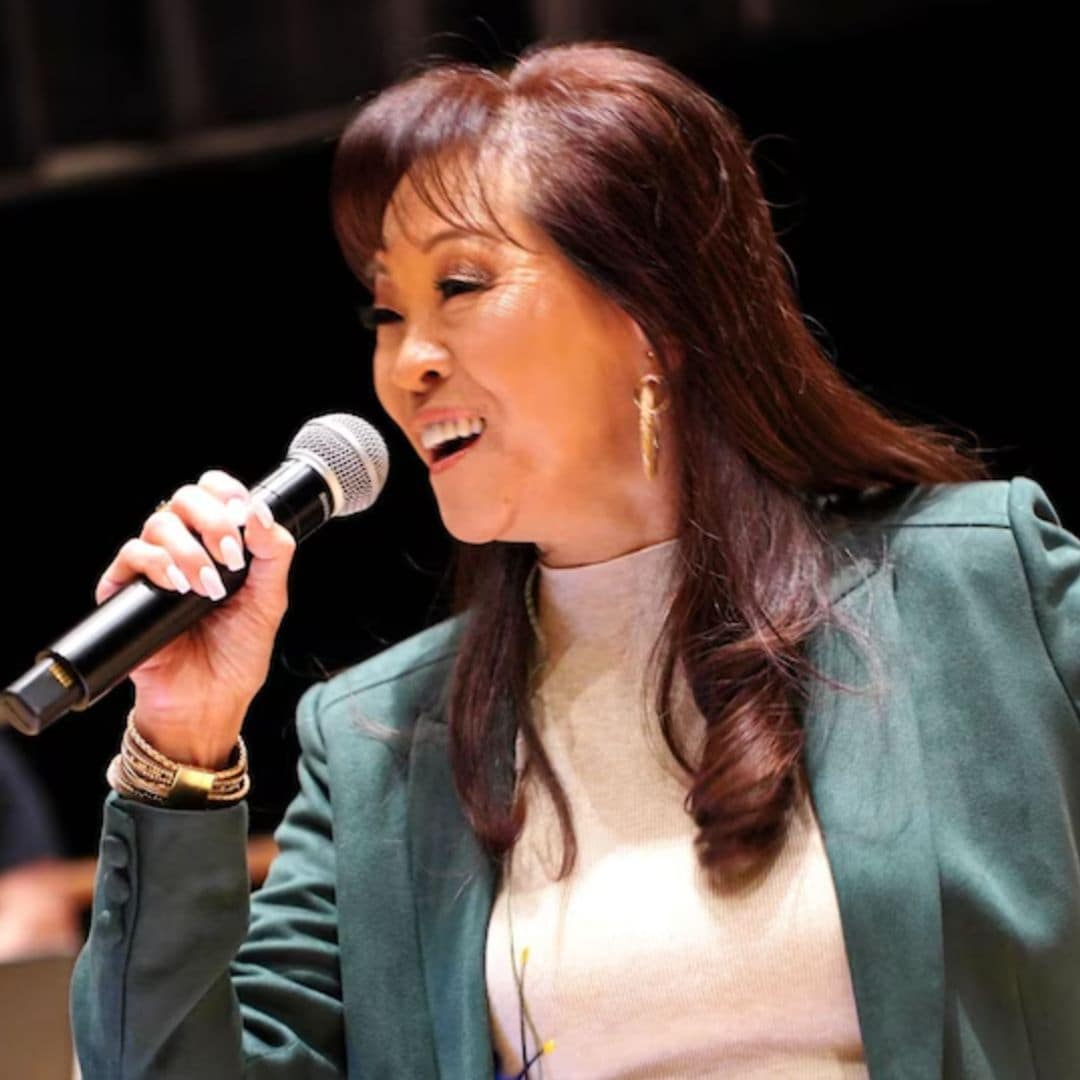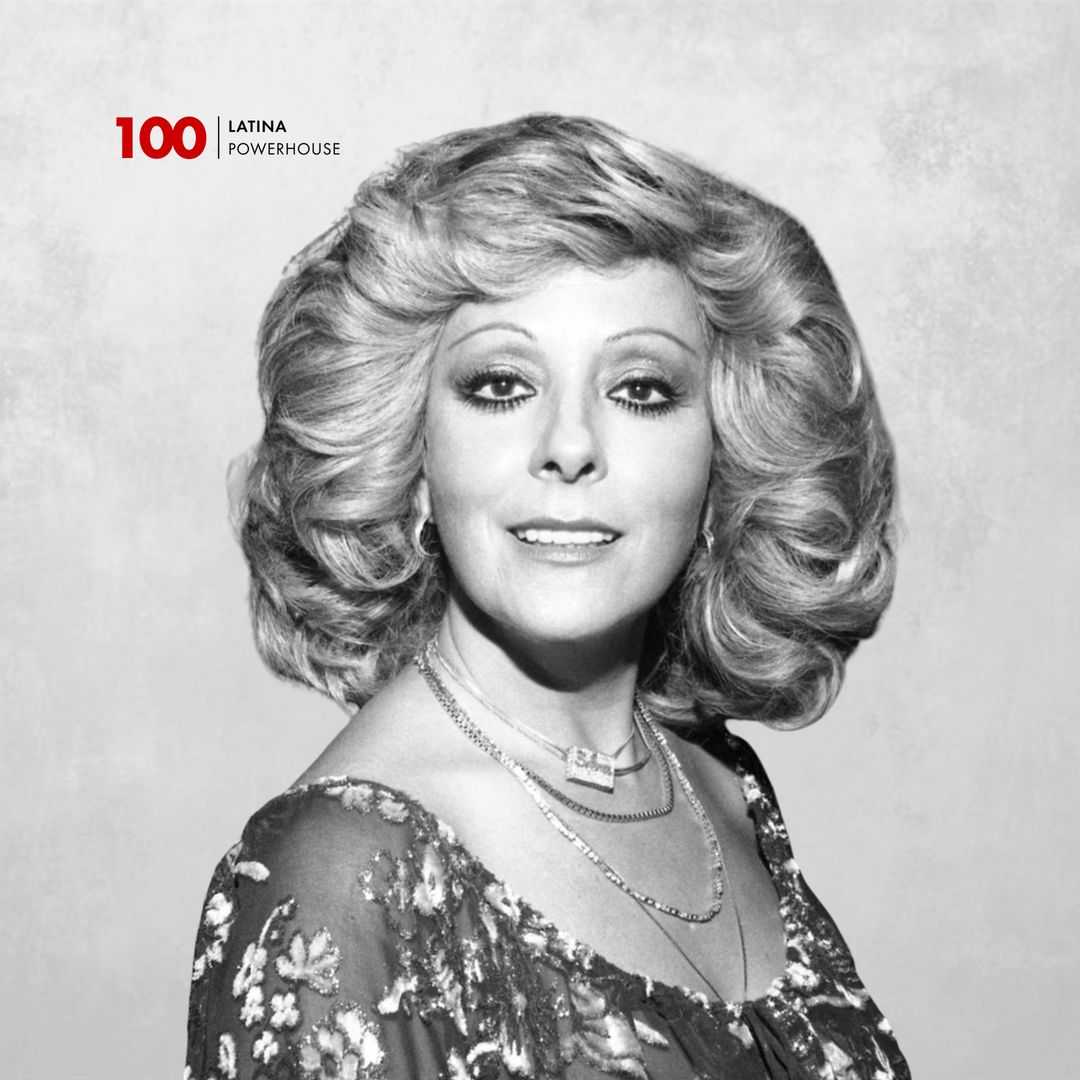Maria Isabel Anita Carmen de Jesus Vargas Lizano, popularly known as Chavela Vargas, was only 17 when she moved from her native Costa Rica to Mexico. Here she found a place where she could cultivate her musical talents and the inspiration that allowed her to become one of the biggest proponents of Mexican music.
Her road wasn't easy, filled with many ups and downs. Upon arriving in Mexico, Vargas worked all kinds of jobs, from cook to waitress, to babysitter, to driver to wealthy families, which allowed her to get to know the city better. "I lived on the rooftop of a building, taking showers in the service bathroom, selling things, and singing," she's shared in her interviews. Once she had access to a vehicle, she partnered up with someone else to create a cleaning service fro homes. "I took the girls to the house and I made two pesos for each of them."
All the while, Vargas' passion lay with music. Her song "Macorina" paved the first step in her dreams, becoming one of her great successes. Vargas quickly became known for her great "bolero" and "ranchera" contributions, Mexican music genres that have great international appeal. Soon, her voice, known for its powerful feeling and sincerity, led her to more successes, including the songs "La Llorona," "Paloma Negra," and "Luz de Luna," songs that remain a staple in Mexican parties.
Vargas became one of Mexico's most popular figures, spending time with artists like Frida Kahlo and Diego Rivera, with whom she lived for a time. She was also friends with Juan Rulfo, the writer known for his towering novella "Pedro Paramo." Vargas recorded over 40 records. Still, she had to take breaks from her career due to her struggles with addiction, which, instead of pulling her down, pushed her to continue to make music and work hard. Vargas loved Mexico dearly, calling herself a Mexican even if she wasn't born there.
"Mexicans are born wherever the hell we want."
Aside from all of her professional achievements, Vargas was also a trendsetter, known for her iconic ponchos, her dark sunglasses, a drink, and her rebellious attitude, elements that often accompanied her in her concerts. In the '90s, Vargas moved to Spain, where she achieved international acclaim thanks to her relationship with the filmmaker Pedro Almodóvar, who included various of his songs in his films. She retired from the stage in 2006, cementing her spot as a timeless legend. In the year 2000, Vargas received the Dames Grand Cross of the Order of Isabella the Catholic, and in 2007, won a Grammy.
"No living being sang with the appropriate loss to the great José Alfredo Jiménez as Chavela did," Pedro Almodovar.
Vargas died at the age of 93, in 2012. Her farewell was hosted in Mexico City, first in the Plaza Garibaldi, where thousands of people gathered to pay their respects. Her body was later moved to the Palacio of Bellas Artes. Lastly, as per her request, her ashes were spread in various locations, including the Chalchitépetl hills, in Tepoztlán, and in Morelos, some of her favorite places in her dear Mexico.
,type=downsize)
